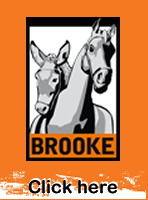
Horseytalk.net Special Interview
Laura Robinson
Training Your Horse to Perform Flying Changes
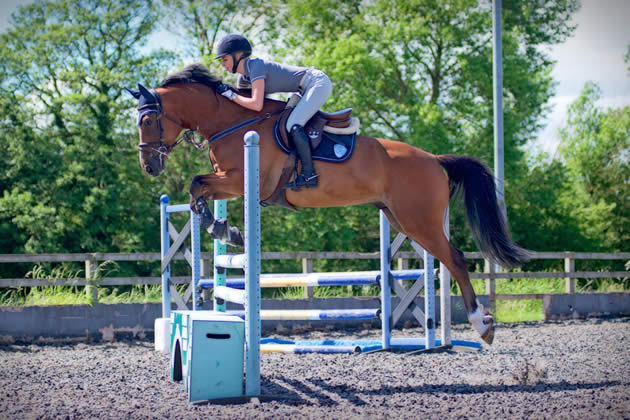
Equithème sponsored show jumper Laura Robinson describes how to perform flying changes with your horse and the benefits that this exercise provides.
Northallerton-based Laura is no stranger to success having represented Great Britain on several occasions. Laura finished her Young Rider days on a championship high in 2016 when competing for Team GB. Her North Yorkshire yard includes a team of horses that Laura is now competing across Europe.
Explains Laura:
Flying changes are all about remaining in canter whilst changing the canter lead during the moment of suspension. A flying change will see a horse switch the leading front and hind legs simultaneously. Flying changes are important and will benefit you in show jumping due to the directional changes in the course.
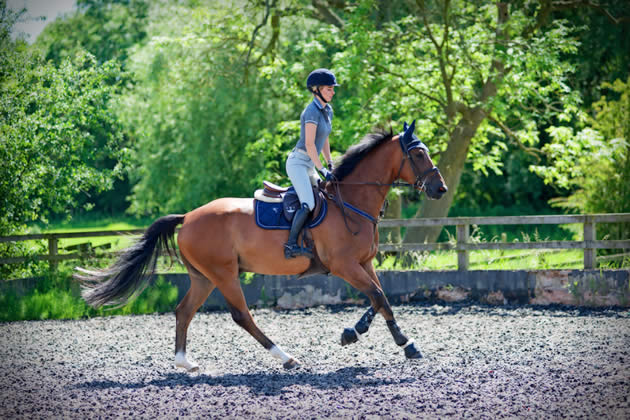
Remember that the quality of a horse's canter is crucial when it comes to show jumping, without power and forward movement you will not be able to get the jump you need, and it will be difficult to do a flying change. You must remember that a flying change is not an acceleration or quickening up, it is a leg sequence.
Before you accomplish a flying change, your horse must have a solid, consistent canter. Take into consideration that for your horse to perform a successful flying change, he must be able to produce a good simple change of lead, from canter to walk back to canter, have good balance and be comfortable in collected canter all whilst he is able to be attentive to the rider's canter aids.
Start by warming up, try gentle trots and speed transformations to get your horses muscles and brain working. As obvious as it seems, make sure you do a thorough warm up as it is essential to relax your horse to prepare him for the exercise, making sure he does not hurt himself or associate the exercise with negativity.
Once your horse is warmed up practice the timing of the aid in walk and then work up to canter. Watch when the horse's inside front leg comes forward and learn the timing and movement of your horse.
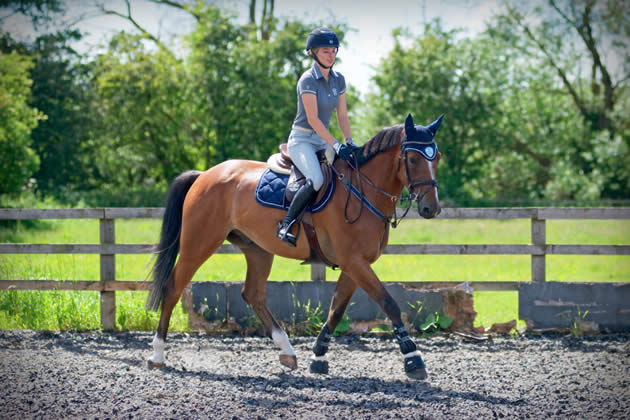
The timing of the aid when performing the flying change is very important. Give the horse the aid as his leading leg comes forward. You must give the aid before the period of suspension because it takes your horse a moment to acknowledge your request and another moment to carry it out.
Once you are familiar with the rhythm of your horse in walk, trot and canter it is time to move on to pole transformations, which help you achieve a flying change. The poles work as a guide to inform your horse when to change his lead as he learns to associate the timing of the pole with the moment when he is asked for a change.
When introducing poles, set up four ground poles in a square formation to create two "doubles." Space the parallel sides of the box 24 or 36 feet apart. The horse should learn to trot straight down the middle in a forward stride. Setting up the poles in a square formation will allow you to come at the poles from any direction which is good practice for show jumping.
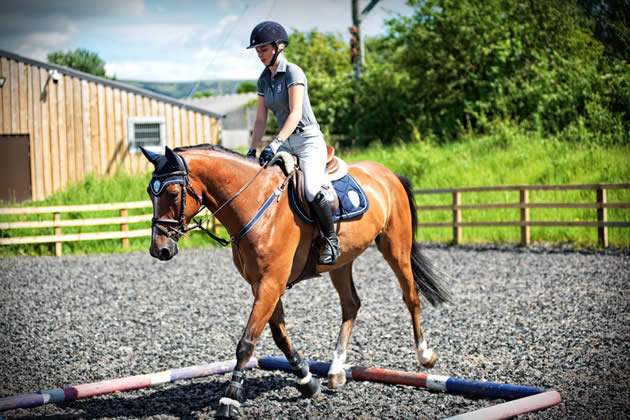
Introducing poles will not only encourage your horse to place the exact number of strides between fences but will also encourage the horse to land on the correct canter lead.
Skilled riders are able to influence the leg the horse lands on by subtle shifts in position while jumping the fence or obstacle at hand, but for less experienced riders or horses which repeatedly land on the same leg over a fence, a landing pole is a great way of getting lead changes.
As your horse approaches the pole, slightly change the bend and adjust your leg aid behind the girth. With the pole and slight change of direction, the horse should change the lead leg whilst maintaining the canter. If he does not make the change bring your horse back to walk and then ask him to set off on the correct leg, reward him and then try again. This will teach your horse to understand that when he lands on the wrong leg from going over the pole you automatically come to walk and change lead whereas when he changes the lead over the obstacle you keep going.
Make sure to bring your horse to a walk every time he doesn't successfully make the flying change over the obstacle, asking him to strike off again on the correct leg. Do not ask him to perform a flying change straight away as this will only make your horse panic and feel stressed.
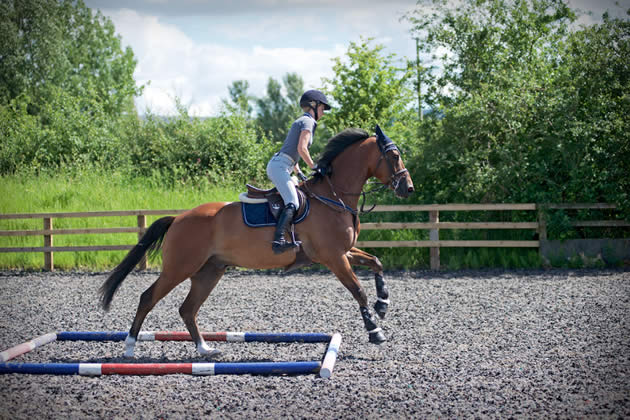
Once your horse is used to performing flying changes you need to execute them in different areas of your schooling arena, remembering that the flying change is a leg sequence change.
R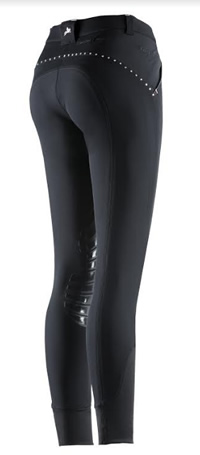 emember to avoid disturbing the quality of the canter when asking for flying changes. A powerful forward canter is important and very much an essential in show jumping. It is important not to over teach a horse one exercise, instead mix up your training to keep things exciting and fresh.
emember to avoid disturbing the quality of the canter when asking for flying changes. A powerful forward canter is important and very much an essential in show jumping. It is important not to over teach a horse one exercise, instead mix up your training to keep things exciting and fresh.
Laura's Favourite Gear – The Equit'M Thermic Breeches
Perfect for all year-round use, the Equit'M Thermic Breeches are equipped with water beading technology and thermal regulation for the cooler months.
The inside also features twill weaving which absorbs sweat – ideal for the summer.
For a custom fit, the breeches feature stretch memory weaving for an anatomic feel and to make them last, the outside fabric contains abrasion-resistant microfibres, perfect for on the yard.
Other benefits include a contoured seat, double thickness elastane lower leg, silicone knee patches and belt loops on the waistband.
Laura commented, "I love how these breeches feel when I ride my horses on a day to day basis as they are super comfy and stretchy, allowing me to be comfortable in the saddle, whether competing, training or schooling at home."
The Equi'M Thermic Breeches are available in White, Black and Navy with White/Burgundy contrast and are enhanced with diamantes across the back for a glittery finish.
Ladies sizes 34 to 42. RRP: £109.90.
For further information visit: www.equitheme.co.uk


